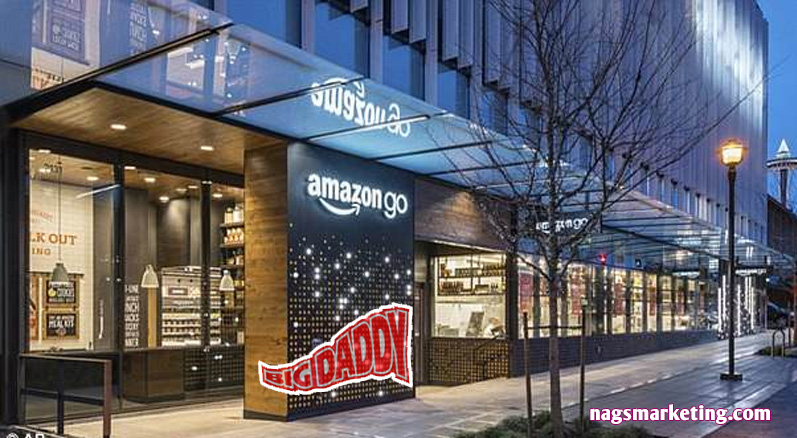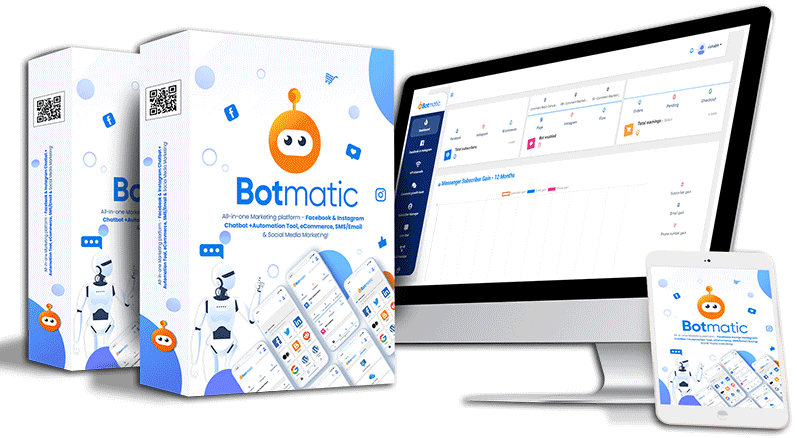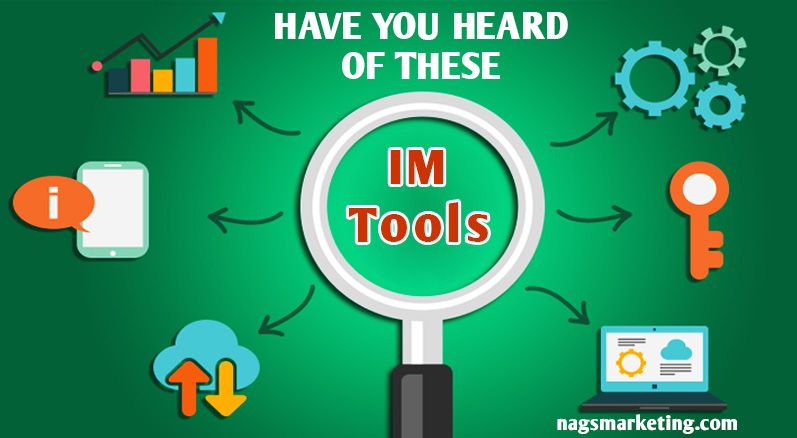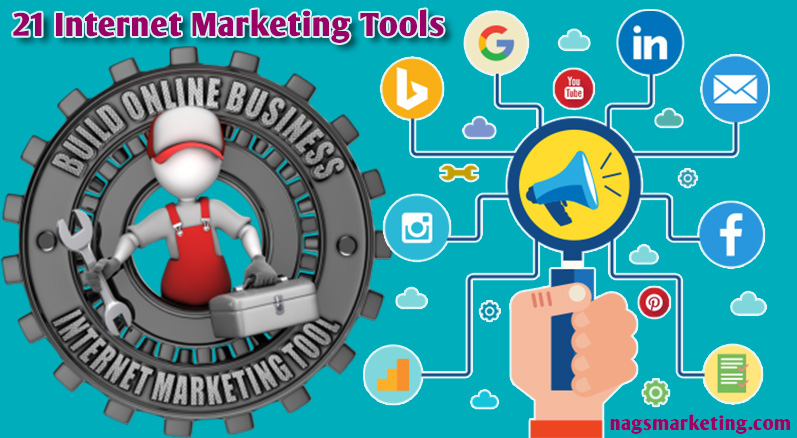When Amazon first started in 1994, it sold only books in a garage. Bezos would drive the packages to the post office himself in his 1987 Chevy Blazer. “I thought maybe one day we would be able to afford a forklift,” Bezos told Charlie Rose in an interview in 2016. And look where they are today!
The next products Bezos added to Amazon after books were music and videos. Later, wondering what else to add to his product bucket, he sent an email message out to a thousand randomly selected customers asking them what else they would want to buy online from him besides books, music and video. Answers came pouring in and he realised that people would basically buy just about ANYTHING from Amazon, and that sparked off his expansion into all kinds of products from consumer electronics to apparel, and hundreds of other categories”
Today, Amazon sells almost everything. From baby diapers to groceries to electronics to cosmetics to home furniture, you name it, Amazon has it. I, myself purchase just about anything on Amazon – whether it is my printer cartridge or nail polish remover or Apple Cider Vinegar or even Luggage!

Amazon taught the world how to run an e-commerce business. Now amazingly it has gone into reverse gear (as compared to the natural progression from brick-n-mortar to online). Although it doesn’t say anything about bricks-and-mortar retailing,we’ll definitely see more Amazon acquisitions, making bricks-and-mortar part of its ecosystem. It was slow to unveil its plans for Whole Foods, focusing initially on connecting existing Prime customers with the supermarket chain. Amazon plans to make Prime the shopper rewards program at Whole Foods, and they have placed kiosks and pop-up shops inside Whole Foods locations that sell Echo, Fire TV and Kindle devices. Grocery stores have lockers where online shoppers can pick up orders or place merchandise returns.
Walmart, the nation’s largest grocer, already offers online grocery pickup in nearly 1,800 stores across the United States, and plans to roll out the service to as many as 2,200 stores by the end of the year. Amazon’s new service that started in Sacramento and Virginia Beach for Amazon Prime Shoppers allows them to order their groceries online and pick them up 30 minutes later at a Whole Foods.
Amazon has been catching up fast on the ladder of the Top 100 Retailers in the World. Check out where it stands on the list of The Top 100 Retailers in 2018 today.
Amazon and Walmart have been locking horns for dominating a major pie of America’s shifting retail landscape. Although Amazon continues to be king of online shopping, Walmart has also been making big inroads into digital shopping with its vast network of super centers. The competition for Fresh food, where customers shop for it very regularly, is probably the strongest between the two giants.
Although Amazon has been dabbling in physical retail since 2015, when it opened a few bookstores that doubled as gadget stores, for the moment, its efforts had largely been experimental, though that may not be true for long. In January this year they launched the first Amazon Go, a grocery store without cashiers, carts or a checkout. Anyone can just walk right in and shop there, but first they have to download and install the Amazon Go app on their smart phones. The Go store uses a network of cameras and sensors to dynamically monitor customers and will automatically bill them via the smartphone app for whatever they buy from the store. The system seems to work well for single shoppers but they still they have to still sort out issues that occur in situations when people are shopping in groups, or children playfully grabbing stuff and misplacing them elsewhere or even figuring out which person to charge when a couple goes shopping together.
Amazon also is expanding its program of discounting the cost of Prime membership, which was raised to $119 in June for regular customers. Last year Amazon offered a $5.99 per month Prime membership to anyone receiving SNAP food assistance. This year, Amazon has extended the discounted Prime membership to anyone enrolled in Medicaid — nearly 70 million people nationwide.
Amazon is fully aware that fashion apparel is one of its fastest-growing merchandise categories, and is geared to becoming USA’s largest apparel retailer. Morgan Stanley projects that it will add another 1.5 percent to its market share from last year when it launched Prime Wardrobe, a service that ships garments and footwear to customers to try on, keep what they want and return the rest.
In May 2018 J P Morgan predicted that Amazon will catch up with Walmart in 2-3 years -“Amazon’s USA gross merchandise volume is on pace to catch up to Walmart’s in two or three years” According to J P Morgan analyst Christopher Horvers, “Amazon’s US e-commerce share reached ~40% in 2017. Amazon is the 2nd largest US retailer and fastest growing at scale.. … We look for [it] to continue to take share, reach ~50% of U.S. e-commerce, and catch-up with Walmart’s USA GMV in 2020-21.”
Although Amazon has proved to be the biggest disrupter of retail in the last two decades, it doesn’t necessarily mean that it’s absolutely guaranteed to catch up with Walmart who is the top retailer in the world, with $495.8 billion in annual revenue and US 3.5% sales growth to $318.5 billion last year.
Amazon is growing faster, with GMV rising 31% last year to $186 billion in 2017 from $141 billion in 2016. But along with its tremendous growth, its expenses are also growing. When Amazon announced a hike of $20 in its flagship Prime membership in the US, increasing the annual fee to $119, Amazon CFO Brian Olsavsky said, “The value of Prime to customers has never been greater, but then, the costs are also high.”
Walmart’s battle with Amazon is hitting hard on its bottom line, much to the dismay and the patience of its investors. According to data compiled by Bloomberg, the retail giant’s push to expand online operations and cut prices has been resulting in record-low operating margins. Walmart acquired internet Jet.com in 2016 to try to try and get some digital advantage over Amazon. But the point is that it’s easier and cheaper to convert Walmart’s brick-and-mortar customers into online shoppers – rather than trying to gain consumers who shop on Amazon. Neil Saunders, an analyst at GlobalData Retail, says that Walmart should spend more to reach out to Amazon loyal shoppers who just don’t associate the brick-and-mortar giant with online retail. But as Walmart figures out its online attack strategy to widen its e-commerce customer base, it’s expenses are piling up too.
It’s clear that Amazon is hell bent of taking centre stage in the retail shopping domain and considering that there are few retailers with the sprawling and ever-growing businesses in cloud services, entertainment, advertising and shipping that Amazon has, it will be interesting to see how Walmart or any retailer can compete against Amazon for long.
Reference & Stats Sources:
– www.bloomberg.com
– www.retailsdive.com
– www.fortune.com
– www.gizmodo.com



















